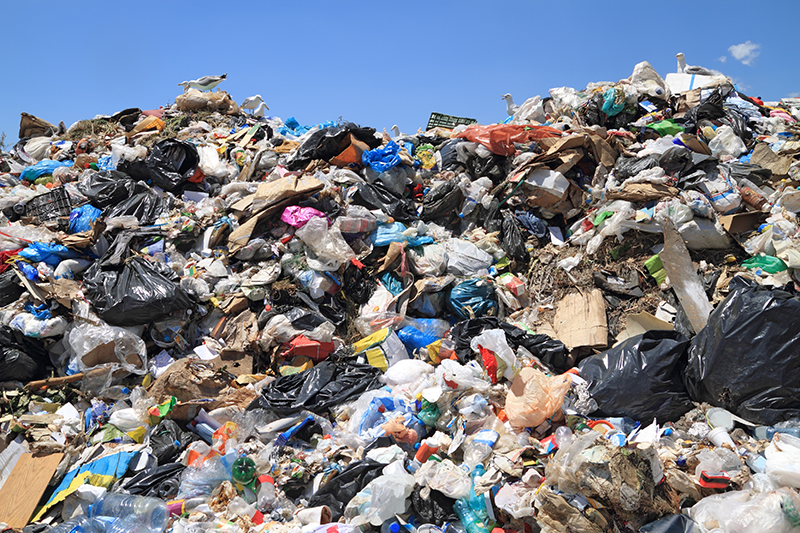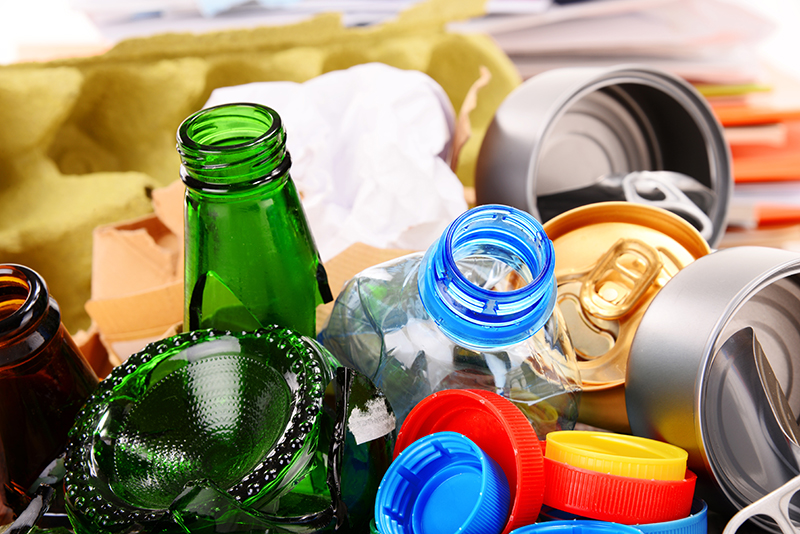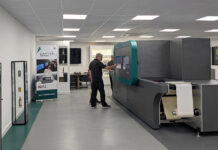AN investment of £100 million in collection, sorting and recycling infrastructure is needed for flexible plastic recycling in the UK.
That’s the view of resource recovery specialist Axion, who highlighted that 414,000 tonnes of plastic-based flexible packaging is placed on the UK market each year.
“The big problem is the lack of adequate facilities designed to process these largely-recyclable materials,” explained Richard McKinlay, Axion’s head of circular economy. “If we are to increase the UK’s stalling recycling rate and hit future targets, the recycling of flexible packaging offers potential economic and environmental benefits.”
Findings from a two-year R&D REFLEX project, led by Axion, showed that 80% of post-consumer flexible packaging, which is either polypropylene (PP) or polyethylene (PE) could be recycled, including those with metallised and barrier coatings. Axion said much of the remaining 20% which is non-recyclable could be re-designed using barrier and sealing materials to maintain performance while improving recyclability.

Richard added, “We showed this technical feasibility on a relatively small scale with REFLEX, but need to demonstrate it on a larger scale; ideally with a dedicated UK research project focusing on the collection of household packaging films. Moving forward, more funding of around £100 million is required if we wanted to enable PP and PE film recycling from kerbside collections.”
Richard suggested the investment could come from Extended Producer Responsibility schemes that would encourage brands to design for end of life in exchange for reduced compliance fees.
“Uncertainty still reigns over what is recyclable when it comes to flexible packaging,” Richard added. “Extensive testing and research we did through the REFLEX project delivered really valuable knowledge on processing these waste materials. We know that flexible packaging that has been designed for end of life can be recycled, so we need the facilities in place to do it.
“Now is the time to act on this data with investment in the infrastructure and ongoing subsidies to support and increase the recycling rates for these materials. If we’re going to achieve higher recycling rates, then we need to do it. At what point does it stop becoming a choice?”













